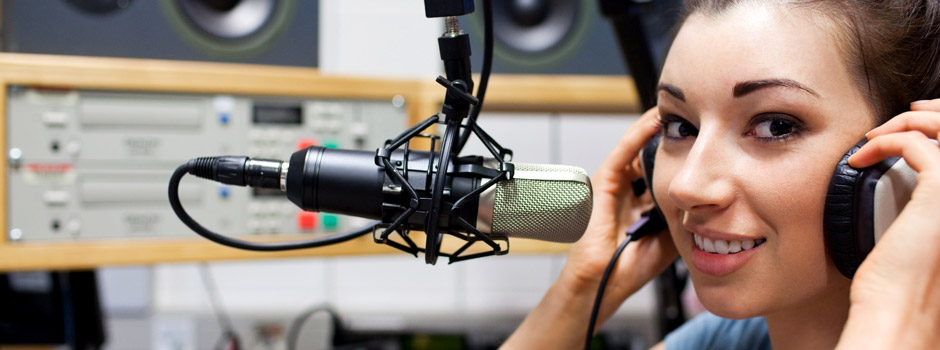Definition
A copy is news that doesn’t get a developed treatment, like a voicer or an actuality. It can be used in a newsflash or in a longer bulletin.
Duration
Copy should last no longer than a few lines. Only three to four sentences are needed. It should last between ten and twenty-or-so seconds. If it’s too long, it means you haven’t gotten straight to the point and wasted your time in digressions.
Structure
The copy has two parts :
- First part : the lead sentence, that encapsulates the news.
There’s a very efficient technique used to determine what the news is. You have to ask yourself : “What part of this is brand new information ?” The answer to this question must be summarized in one sentence, redacted in a catchy way so as to attract the listener’s attention.
- Second part : additional info.
It consists in at least one sentence, most of the time in two or three that add the elements needed to understand the information. To make sure you haven’t forgotten anything, use the 5Ws. Check that your copy contains the answer to these five questions.
Test : take a copy written by one of your colleagues and rewrite it, crossing out the words you fee l are useless. Give it to another journalist and ask him to rewrite it. He too is going to shorten it. That’s what happens when the newsroom is getting ready for the evening. The journalist on duty writes copy using wires or reports. The following morning, the anchor looks at his work with a fresh eye and shortens and perfects it. Radio is teamwork.

